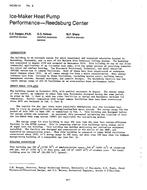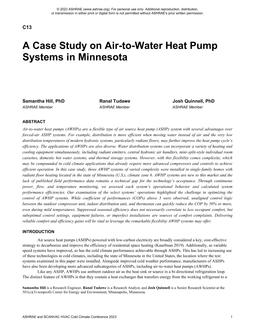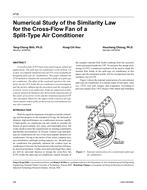Click here to purchase
Moisture capacity is one of the critical properties of building materials which indicates their ability to hold moisture at different levels of relative humidity. The scorpion isotherm is a key input data in moisture transport models, and it can also be used to determine the microstructure of the porous material. Sorption isotherms are among properties which are sensitive to temperature. In this paper, we measured adsorption isotherm of sixteen building materials from different categories, including cladding, building paper, wood, sheathing boards and insulations at nine climatic conditions as a combination of three temperatures (3°C (37.4°F), 21°C (69.8°F) and 45°C (113°F)) and three relative humidity levels (50%, 70% and 90%). Finally, where practical, the water saturation level of the materials was measured. Our results clearly showed the impact of temperature on the moisture capacity of materials as by increasing and decreasing the temperature, the moisture content of material samples decreased and increased, respectively. The results showed that increasing relative humidity led to higher MC while increasing temperature led to a lower MC in tested building materials. Based on the measured data, it was observed that wood-based materials, along with cellulose fiber, had higher moisture storage capacity than others, whereas Brick and Densglass gold gypsum sheathing board had the lowest moisture content.
Product Details
- Published:
- 2022
- Number of Pages:
- 10
- Units of Measure:
- Dual
- Product Code(s):
- DBldgsXV-C041


